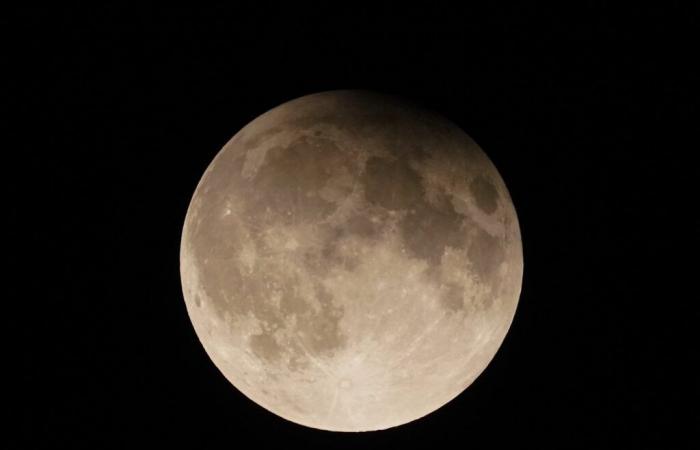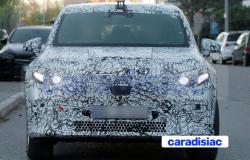The Earth will separate from an asteroid which has accompanied it for two months like a “mini moon”.
This harmless rock will break away on Monday under the influence of solar gravity and will quickly approach us in January.
NASA will use a radar antenna to observe the 10-meter asteroid. This should allow scientists to better understand the object known as 2024 PT5, which is likely a rock that was knocked off the moon by an impacting and cratering asteroid.
Although it’s not technically a moon — NASA points out that the asteroid was never captured by Earth’s gravity and is entirely in orbit — it is “an interesting object.” which deserves to be studied.
The astrophysicist brothers who identified the asteroid’s “mini-moon behavior,” Raul and Carlos de la Fuente Marcos of the Complutense University of Madrid, have used telescopes in the Canary Islands for hundreds of observations so far .
Currently located more than 3.5 million kilometers from Earth, the object is too small and faint to be seen without a powerful telescope. It will pass 1.8 million kilometers from Earth in January, maintaining a safe distance, before heading deeper into the solar system while orbiting the Sun, not returning until 2055. That’s almost five times farther than the Moon.
First spotted last August, the asteroid began its U-turn around Earth in late September, after falling under the influence of Earth’s gravity and following a horseshoe-shaped trajectory. By the time it returns next year, it will be moving too fast — more than double its September speed — to stick around, Raul de la Fuente Marcos said.
NASA will track the asteroid for more than a week in January using the Goldstone Solar System radar dish in California’s Mojave Desert, part of the Deep Space Network.
Current data suggests that when it visits in 2055, the Sun-orbiting asteroid will once again make a temporary, partial tour around Earth.
___
The Associated Press Health and Science Department receives support from the Howard Hughes Medical Institute’s Science and Educational Media Group. The AP is solely responsible for all content.






